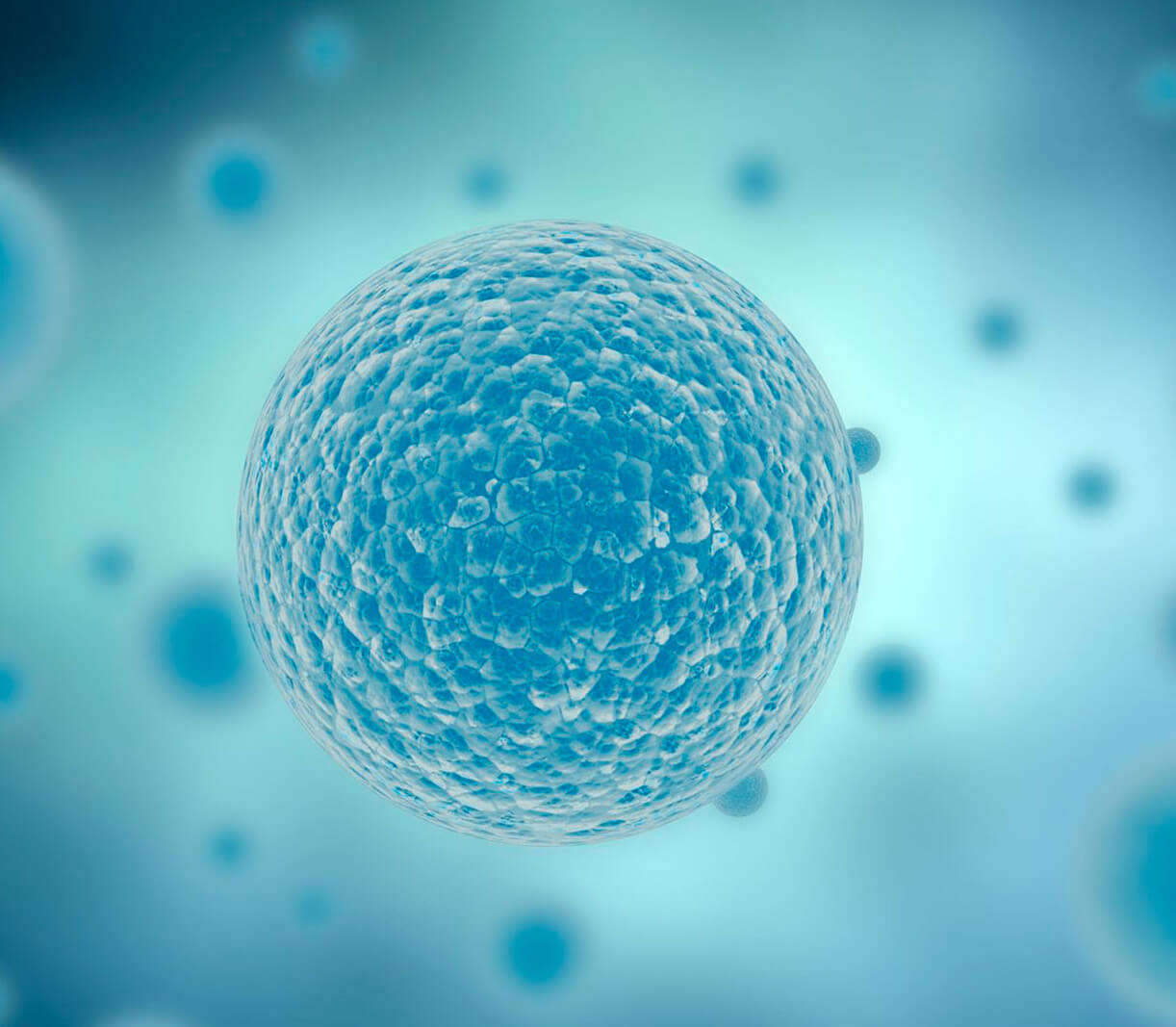Storing cord blood stem cells is an investment in the health of your children and of compatible family members. The preserved cells can be used in the treatment of serious diseases. More than 40,000 stem cell transplants from umbilical cord blood carried out around the world for the treatment of many diseases confirm the importance and scientific validity of preservation (1).
Unfortunately, today in Italy, where about 500,000 children are born per year, only 0.4% of available umbilical cord blood is stored in one of the Italian public banks. Private autologous banks keep less than 2%. This means that more than 97% of the umbilical cords that could be stored are, in fact, disposed.
Bioscience Institute and other private banks has always contributed to raising awareness of the importance of stem cell preservation, whether public or private.



